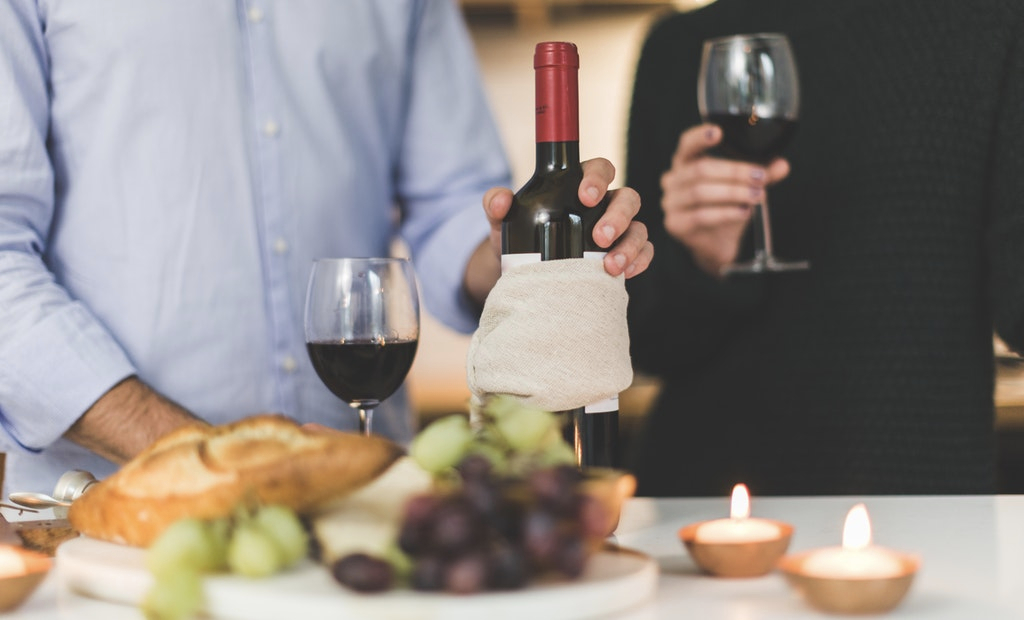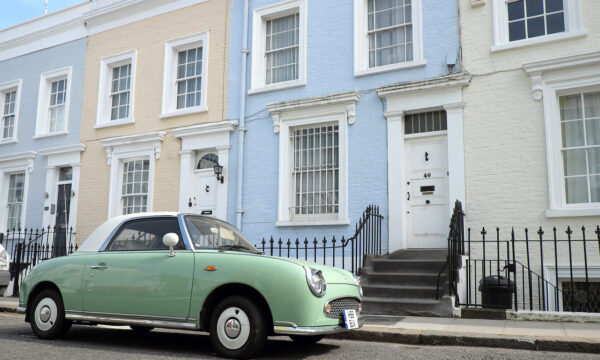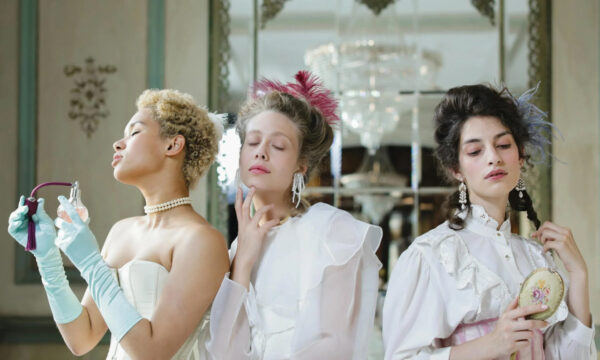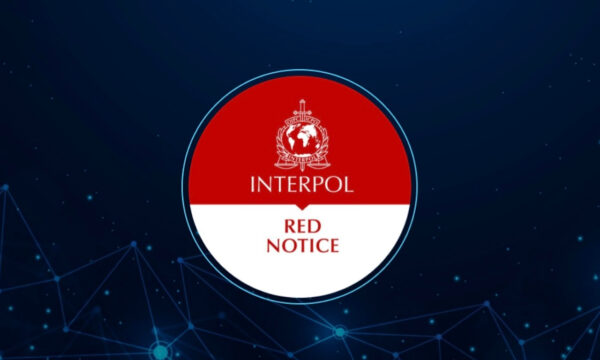Six tips to understand French wine (and not being intimidated by it)

This is not a French wine guide but a glimpse at the country’s marvellous wine traditions. Understanding the complexities that make the country’s vinous endeavours so special takes a lifetime. Still, few other wines are as rewarding as the French and getting to know them can truly help appreciate them better.
So, is French wine really that different? Why is it held in such high esteem? Here’s all that is needed to know about French wine and how to make it part of anyone’s life. Pop open a bottle of wine and pour a glass. Who said learning something new wasn’t fun?
1. Speak to a French wine specialist
There are plenty of French wine experts here in the UK who can help find the right grape varieties for your taste buds. Hourlier Wines is a great example of that. The company has been working with French vineyards for many years and the owner, Pierre Hourlier, is a Frenchmen himself.
Given the number of regions in France, the differences in climate and their protection status (known as AOC), a French wine expert will be best suited in finding the best wine styles for your taste buds.
2. French wine certainly sets the standard
The famous blind wine tasting of 1976, known as the Judgment of Paris, showed the world that French wine wasn’t uncontested. The finest wine from California defeated some of the most respected French names — and all the judges were French!
The noble experiment didn’t prove that Californian wine is better than the French; it proved that great wine could come from anywhere — especially when the grape growers and winemakers put their hearts into it.
Still, today the most planted red and white grapes in the world are French, Cabernet Sauvignon and Chardonnay. In fact, seven out of the top ten wine grapes, by extension, come from the hexagonal country.
France has undoubtedly influenced the wine world. Not even other European wine powerhouses, like Spain or Italy, can say France and its impressive wine repertoire do not influence their wine styles.
3. There’s no one French wine but many
France is home to over 450 Appellations d’Origine Contrôlée (AOC) or protected wine styles. Actually, they invented the concept of protecting an agricultural product’s origin. And this is just the tip of the pyramid; there are hundreds of wine styles at a regional level, each with a unique profile. This means there’s a French wine style to please every palate and pair with every meal!
For red, white, pink or sparkling wine, France has your back. Sweet or dry, fruit-forward or tart, expressive or shy, youthful or age-worthy — France has the right bottle for you. Of course, that if you know where to look.
From fizzy Champagne to fruity Beaujolais and from big and bold Bordeaux to elegant Burgundy, this is quite a dream team!
4. No, not all French wine is expensive
Some of the most expensive bottles of wine in the market are French. Of course, they’re now joined by spectacular wine from every corner of earth. Still, French wine, especially when it’s made to age, is coveted by collectors and wine lovers alike.
What you might not know is that most French wine is on the inexpensive side. In France, wine has a place at every table, and it’s not reserved for special occasions. Opening a bottle of wine IS the special occasion!
Even the noteworthy region of Bordeaux, home to towering Chateaux that sell bottles of wine for six figures, is the source of extraordinary everyday wine that won’t break the bank.
5. Yes, French wine labels are not easy to read
What’s perhaps most intimidating about French wine is its labels. There’s no wine grape in sight, and sometimes a wine label will only feature the name of the winemaker and the town where the wine was made. You must do some research to know what’s in the bottle. The worst part? Sometimes an inexpressive bottle of wine looks just like a pricy one. And that’s a costly mistake.
The labelling practices in the country have certainly made French wine seem unapproachable. But once you get the hang of it, it’s like learning a new language, and no, it’s not French — learning to read a French wine label is like cracking a secret code, one that rewards you with an outstanding glass of wine after another.
6. To understand French wine, learn as you go
If you want to learn more about French wine, you can buy a book, of course, and you totally should, but your best bet is learning as you go — one bottle at a time. And remember, don’t just drink the wine but taste it. Every bottle tells a story!
Enjoy a refreshing Sauvignon Blanc from Sancerre with lunch and have a glass of Provencal rosé poolside. Save your Bordeaux and Burgundies for dinner and always have a bottle of Champagne in the fridge for when you have friends coming over. French wine is noble like that; it’s easy to make it part of your life.
The editorial unit




















Facebook
Twitter
Instagram
YouTube
RSS